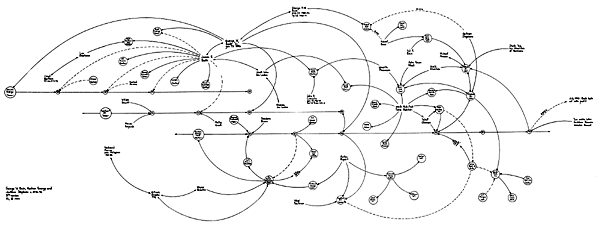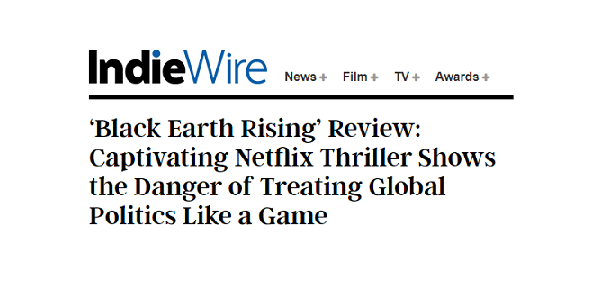If you were reading the New Yorker after the Dem debate..
Friday, June 28th, 2019[ by Charles Cameron — on excellence in writing with insight — Katy Waldman ]
.
If you were reading the New Yorker after the Dem debate, you might have read [a], with [b] as a chaser, then worried that [c] —
John Cassidy, Joe Biden’s Faltering Debate Performance Raises Big Doubts Jelani Cobb, Democratic Debate 2019: Kamala Harris Exposed the Biden Weaknesses Susan Glasser, Kamala Harris Won in Miami, but Vladimir Putin Won in Osaka
But I hope you’ll conclude with [d], because I think it gets to the heart of the matter:
Katy Waldman, Democratic Debate 2019: Kamala Harris Is the Best Storyteller
It’s a much smaller piece, but right on the money. Consider:
Onstage, Harris, the former prosecutor, distinguishes herself as a storyteller, who conjures up images as well as arguments in ways the other contenders do not. Answering a question about health care, she spoke of parents looking through the glass door of the hospital as they calculated the costs of treating their sick child. Answering a question about detainment camps for undocumented immigrants, she hypothesized about a mother enlisting the services of a coyote, desperate to secure a better chance for her kid. “We need to think about this situation in terms of real people,” Harris insisted. She certainly demonstrated her ability to do so—to imagine policy as embodied in actual American lives. That narrative instinct framed the most powerful moment of the debate. Criticizing Biden for his past lack of support for busing, Harris began telling another story. “There was a little girl in California who was part of the second class to integrate her public school, and she was bused to school every day,” she said. “And that little girl was me.”
The New Yorker is celebrated for excellent writing with insight: Katy Waldman has insight — nicely done!





